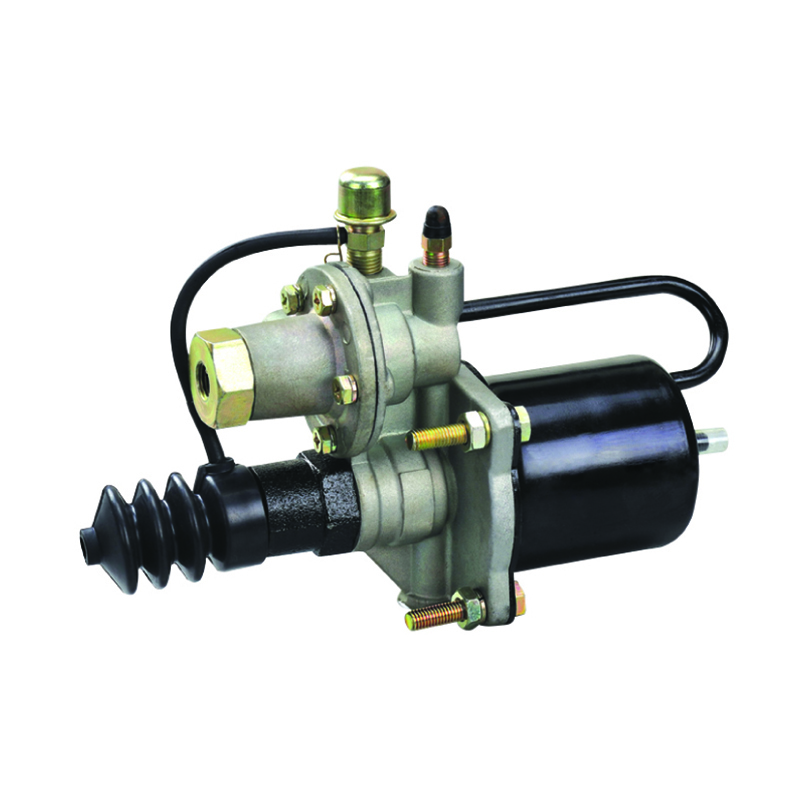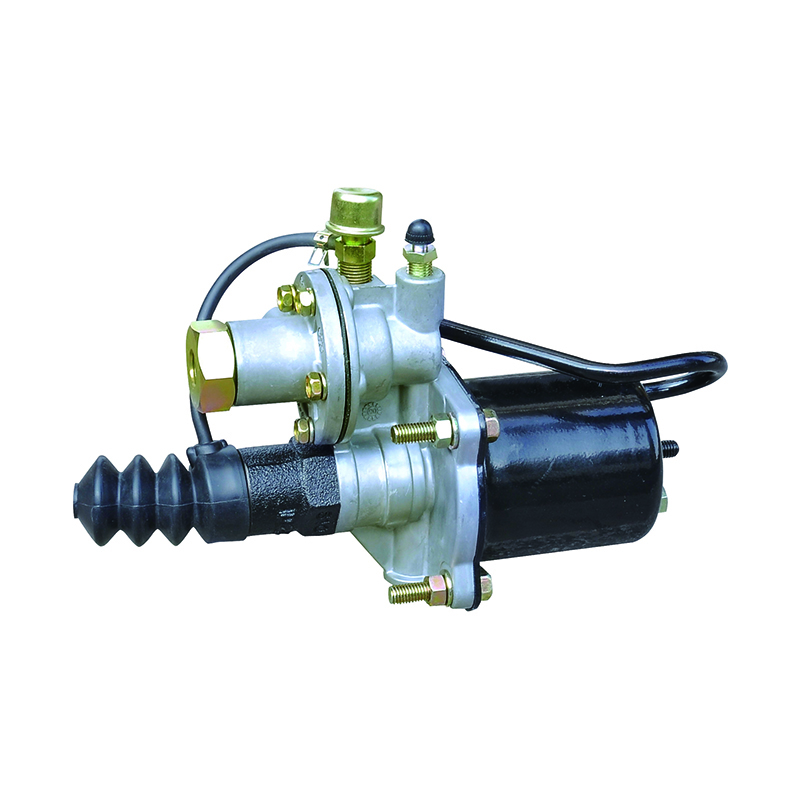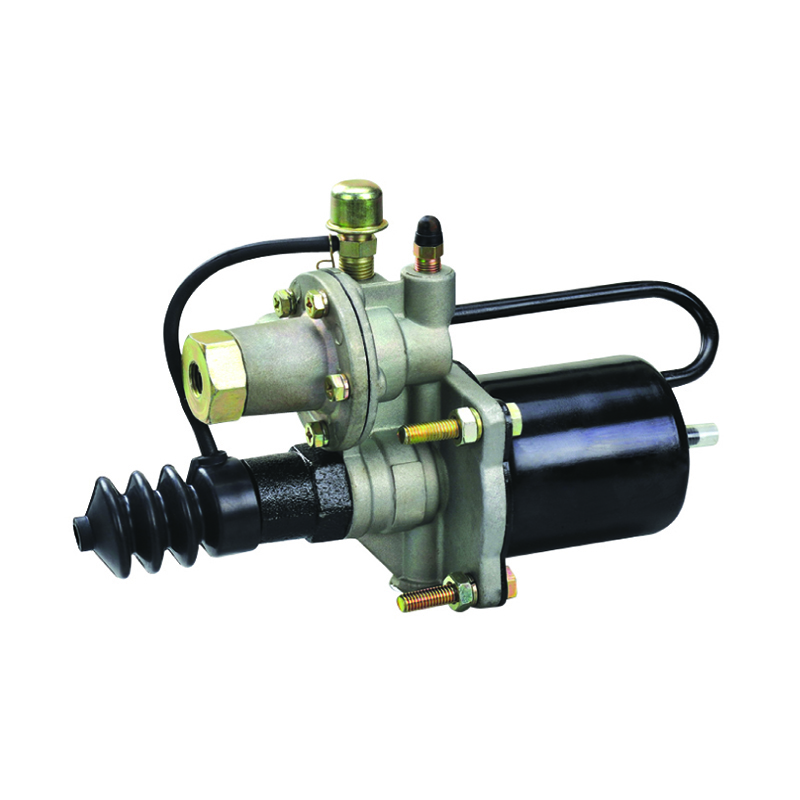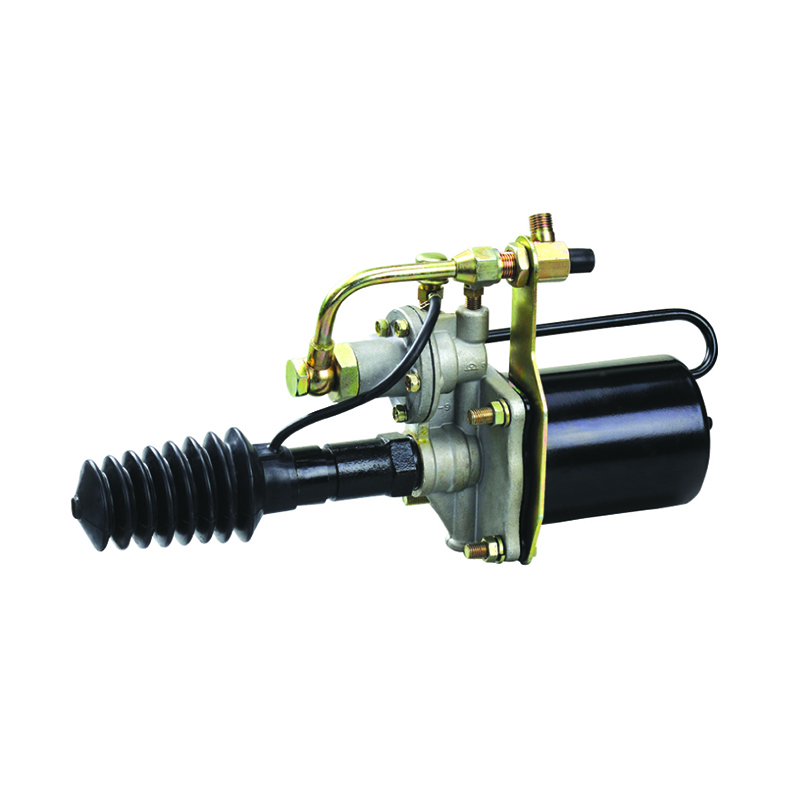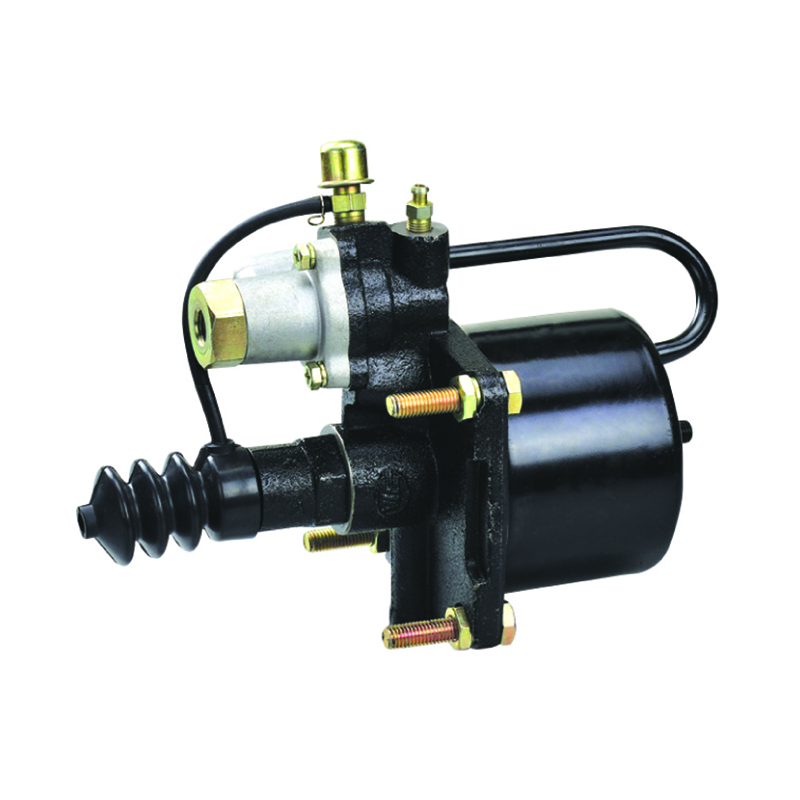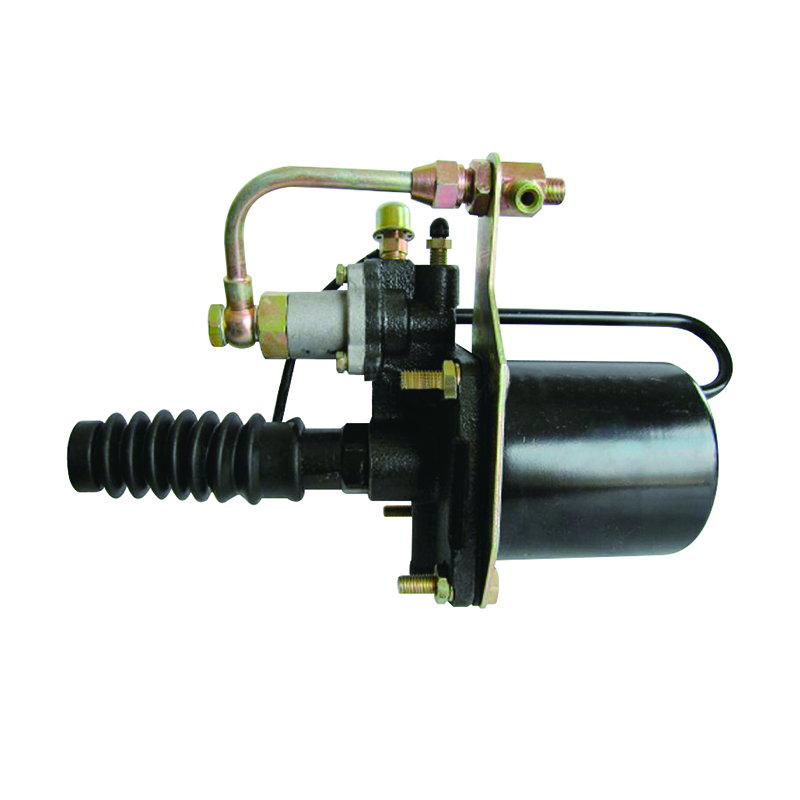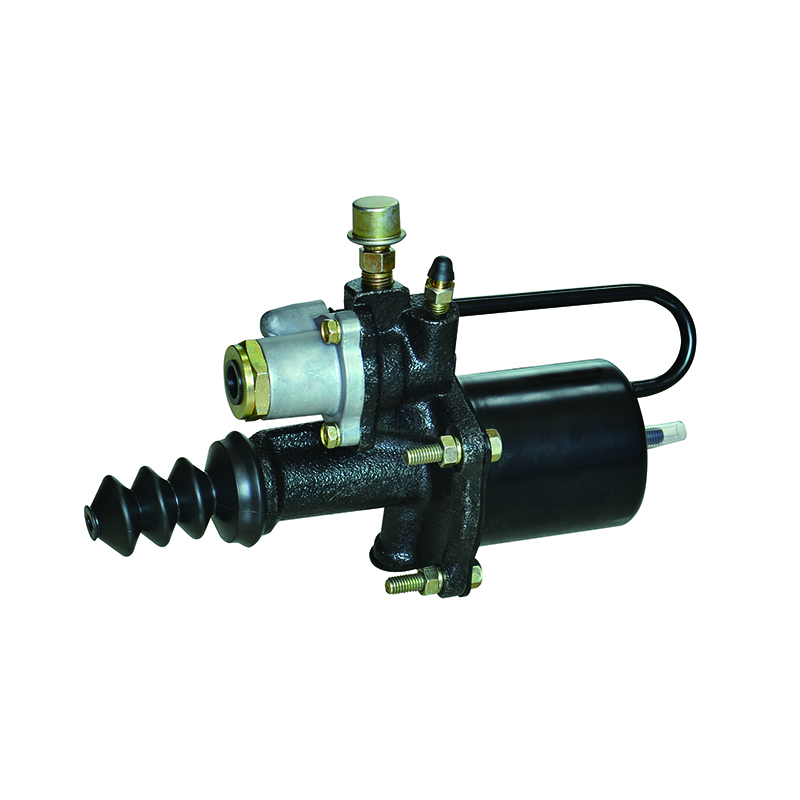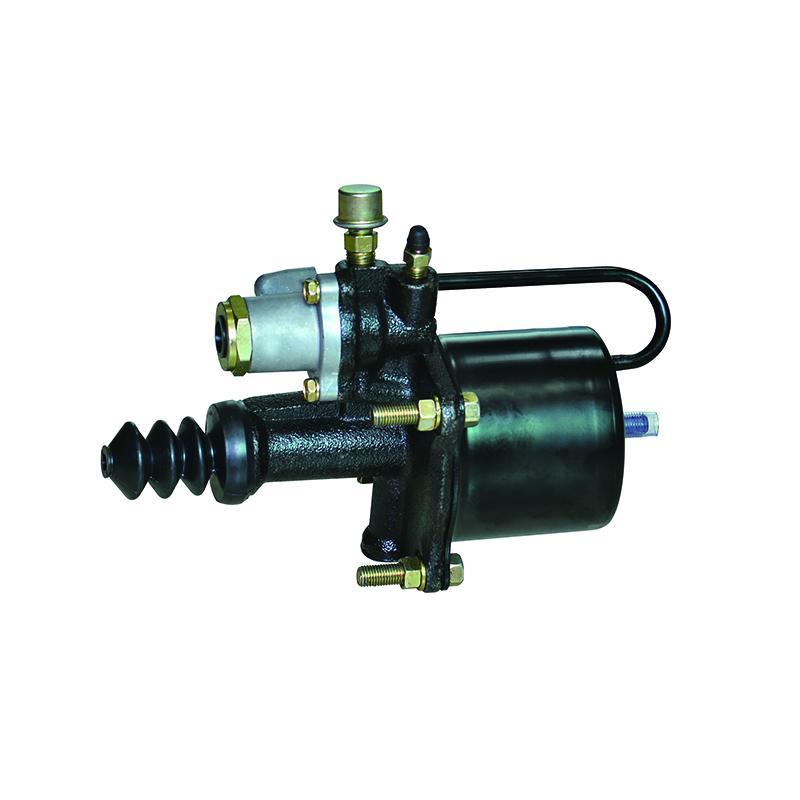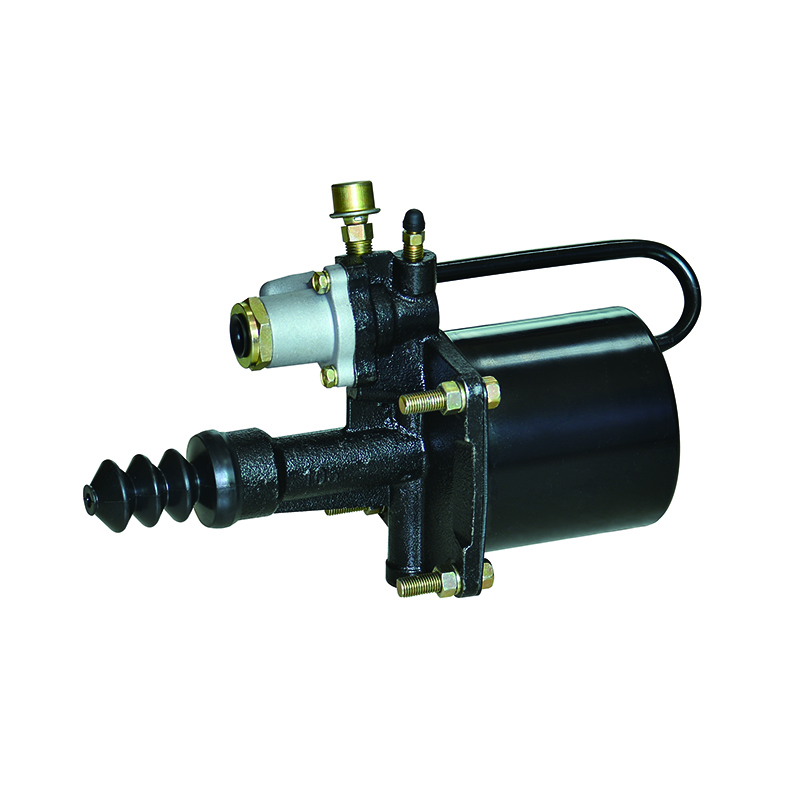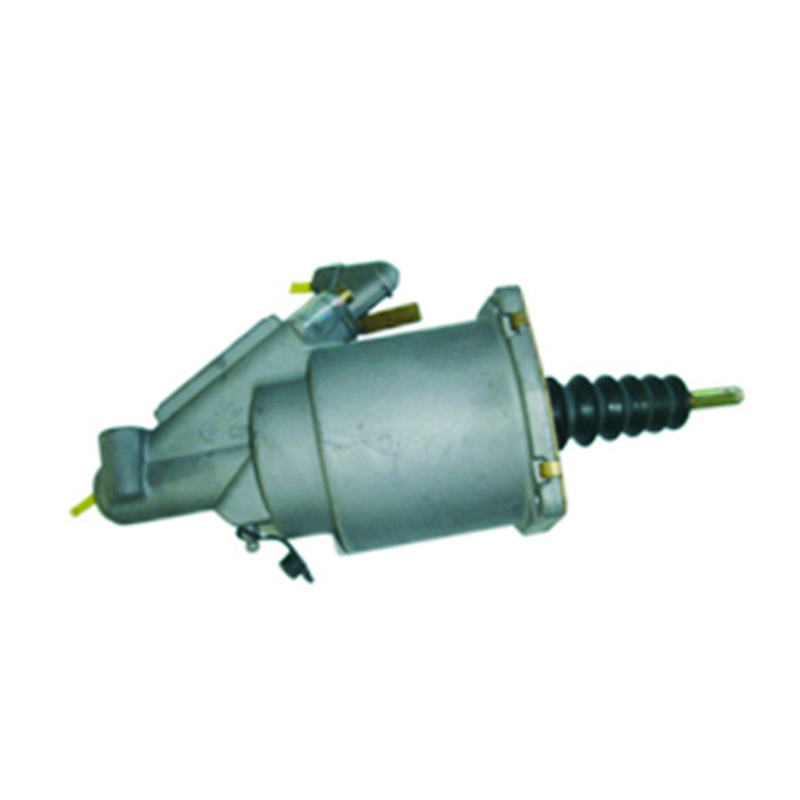For exclusive deals and latest offers, signup by entering your email address below.
Enhancing Safety with Spring Brake Chambers: Tips for Fleet Managers
Ensuring the safety and optimal functionality of spring brake chambers is a critical responsibility for fleet managers overseeing commercial vehicles. Spring brake chambers are integral components of air brake systems, automatically engaging brakes when air pressure drops to prevent unintended vehicle movement. Here's a detailed guide offering comprehensive insights and actionable tips for fleet managers to enhance safety by effectively managing spring brake chambers.
Regular and thorough inspections of spring brake chambers are foundational to safety enhancement. Scheduled checks should encompass a close examination for wear, damage, or signs of corrosion. A meticulous inspection routine will help identify any potential issues early on, allowing for timely maintenance and minimizing risks.
Knowledge is key. Fleet managers must invest in comprehensive education and training programs for drivers, elucidating the critical role of spring brake chambers and the significance of their correct usage. Drivers should be well-versed in operating these systems and comprehend the risks associated with improper utilization.
Efficient systems to monitor and maintain optimal air pressure within the brake system are vital. Inadequate air pressure can compromise the effective engagement of spring brake chambers, undermining the vehicle's braking capabilities. Implement real-time monitoring solutions to promptly address any pressure irregularities.
Adhering strictly to manufacturer-recommended guidelines regarding maintenance, replacement intervals, and operational practices is a foundational practice. These guidelines are crafted based on in-depth knowledge and understanding of the components, ensuring optimal performance and longevity.
As part of a proactive approach, fleet managers should ensure the timely replacement of worn-out spring brake chambers and associated components. Staying ahead of the curve in component replacements preserves the integrity of the braking system and averts potential brake failures.
Integrating automated monitoring systems is a forward-thinking approach. These systems provide real-time alerts and data insights regarding the condition of spring brake chambers, enabling proactive maintenance and timely rectification of any emerging issues.
Timely addressing of any malfunctions or needed repairs is non-negotiable. Delaying repairs can escalate minor issues, compromising safety and potentially leading to severe accidents. Proactive management and rapid response are crucial components of a safety-focused approach.
Quality assurance in maintenance and repairs cannot be overstated. Utilizing high-quality, genuine spring brake chambers and components is essential to maintain the overall safety and reliability of the braking system.
The implementation of stringent safety policies within the fleet is vital. These policies should underscore the importance of brake system maintenance, including spring brake chambers, instilling a culture of safety and compliance throughout the organization.
Harnessing the power of data analytics is a modern approach to safety enhancement. Fleet managers can analyze data to monitor spring brake chamber performance, identify trends, and make informed decisions regarding adjustments, replacements, or maintenance enhancements.
In addition to routine training, providing specialized emergency brake training to drivers is highly beneficial. Drivers need to be well-versed in deploying the emergency brake system effectively in case of brake failure, including engaging the spring brake chambers in emergency situations.
Remaining informed about industry regulations and compliance standards regarding brake systems, including spring brake chambers, is crucial. Adhering to these standards ensures that the fleet operates within the boundaries of safety and compliance.
Incorporating these comprehensive strategies into fleet management practices empowers fleet managers to elevate safety standards and promote a secure environment for both drivers and other road users. Proactive maintenance, driver education, and technological advancements all play vital roles in ensuring the reliability and effectiveness of spring brake chambers, contributing to safer roads and a robust commercial vehicle fleet.

 English
English 中文简体
中文简体
